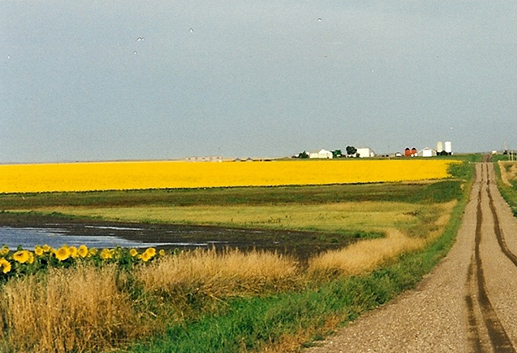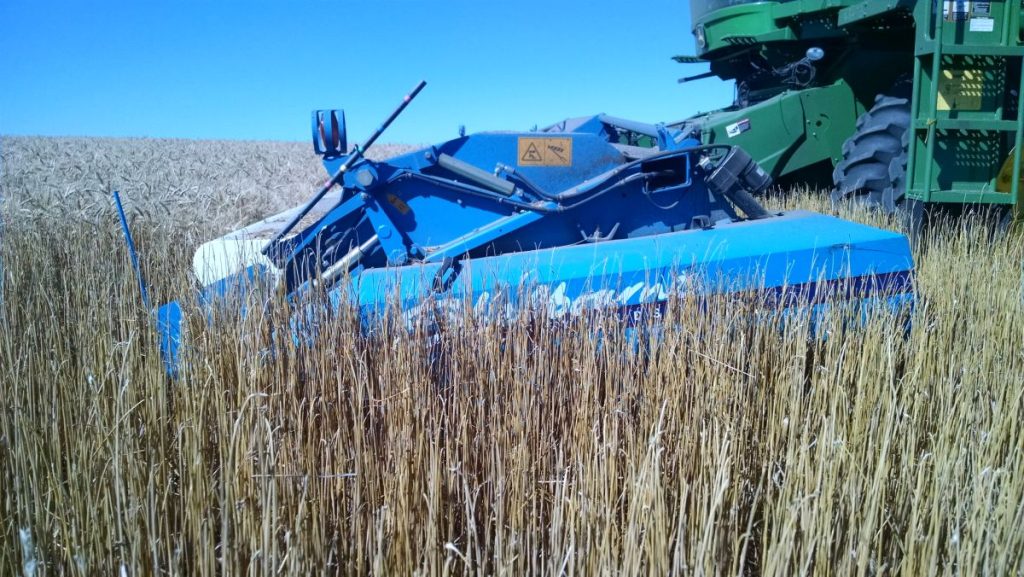Big habitat is built upon upland terrain rich in multi-specie ground cover. The natural drainage ways of Tripp County South Dakota make a solid base-level pheasant habitat (prairie grasses, forbs, cat tails, springs, insects). The surrounding landscape consists of broad ridges extending from northwest to southeast separating creeks that carry rainwater 10 miles north to the White River, which empties into the Missouri River 37 miles east. The rolling prairie naturally attracts upland game birds (Ring Necked Pheasants, Sharp-Tailed Grouse, and Greater Prairie-Chicken). The crop production of the region (Wheat, Sorghum, Corn, Soybean), supplies quality nutrition to upland game birds.
The adoption of no-till farming systems allows upland game birds to spread over a larger landscape, reducing predation. Nest destruction is dramatically reduced leading to more successful hatches. The decaying crop residue hosts many insects, the principal diet for chicks up to 30 days old.


Traditional harvest headers use a sickle bar to cut cereal crops at 8 inches or less, leaving pheasants exposed to overhead predators. Therefore, they crowd into the denser cover making easy pickings for ground predators. The stripper head removes the seed head from cereal crops leaving nearly all the straw standing, typically 30 inches tall and dense as grass, much like their preferred natural habitat.
South Dakota all natural Wild Pheasant Hunting.

Copyright © 2011-2025 LoneTreeTrails.com. All Rights Reserved